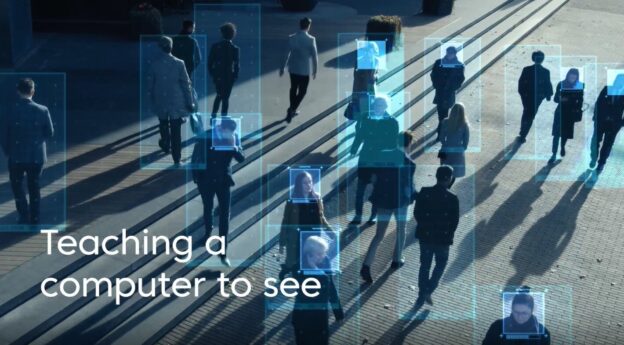|
BIM |
Twin |
|
What is |
What if |
|
Files |
Queries |
|
Physical |
Real |
|
Asset |
Function |
|
Time stamp |
Time graph |
|
Transaction |
Enterprise |
|
Outputs |
Outcomes |
|
As Designed? |
As Intended? (for discussion) |
I wanted to share some early thinking with you, and please consider this a consultation not a formal announcement of direction.
Following the latency post from @DRossiter87 and some conversations with people in different markets. I have found a useful framework to separate BIM from Digital Twins.
There is a caveat with the following, this is not a statement of which is better. Both BIM and Digital Twinning have key benefits. Much like a chef has a collection of knives for different use cases. The same is true for BIM and twins. BIM as defined in the standards available sets out how data can be procured in a transactional model. This is where a client can set the information requirements for a supply chain to author and deliver information for a particular purpose.
The table above sets out a series of differences and I will work through them one by one to explain what they mean and how they differ.
1. What is vs What if
A BIM will tell you what something is, it cannot answer the question what if. The IMF sets out a pathway for askign questions of datasets. For example “What if I turned this value off?”.
2. Files vs Queries
Very similar to the above, but with a view on functionality. The BIM sets out the container of the data and the files within. These files include CSV files or a SQL databases for example. The query in the twin space is an operation on the dataset or file.
3. Physical vs Real
The BIM space treats physical elements as assets. Those assets would be on some form of register which lists ‘tangible things’. Those assets generally develop over time in line with the level of information need. In the twin space this representation of the physical is abstracted up into its function. The real aspect is how the object interacts with reality. This interaction is physically within the system (a pump pumping water) and is broader service / organisational purpose (the pump provides a minimum pressure to supply water to customers and is linked to the revenue stream that, for example, is charged by the cubic meter of water.)
4. Asset vs Function
Related to the above, the asset focus is purely on the performance specification and range of the asset’s performance in isolation. The twin considers the function the asset plays. @Simon Scott explained a great example of this. The function of a level crossing is to ensure two types ofmobile infrastrcture do not collide (please correct me if im wrong here simon), there is a difference between asking for a level crossing (an asset) and asking for two infrastructures not to collide (a function) are fundementally two differnt questions.
5. Time stamp vs time graph
Time in BIM is a time stamp against a transaction or digital snapshot of an asset. The twin aspect is the time graph, the status of a person over time changes. The queries from the twin understand the historical elements of an asset. For example, when searching for an actor on google it can piece together data of that person from a series of datasets that allows a comprehensive history of that a actor to be rendered.
6. Transaction vs Enterprise
The BIM standards describe a process for multiple parties to transact data. They set out how data can be procured, authored and delivered as a series of transactions. The twin represents an enterprise view where data flows with purpose aligned with agreed outcomes.
7. Outputs vs outcomes
BIM through its focus on transactions and assets can only provide insight on outputs, where twins focus on functions and enterprise it can provide insights on outcomes.
8. 3D Rendition vs Abstracted
BIM requires a 3D rendition of an asset as set out in the level of information need / requirements. For the digital twin, and to use @DRossiter87example of a BMS, there is no need for a full representation of the asset. All that is required is the data needed in order to execute a decision, either for a machine or human.
Of course, if the what if statement includes a spatial requirement a boundary condition for the geometry is required. A non-geographic example, is that the BMS wants to know which rooms to heat for the day for a school, a key input could be the lesson plans from the teaching staff to understand occupancy of a space.
On the other hand, a geographic example is if the AHU requires a filter replacement and the plantroom is tight for space. There would be a need for a physical representation of the space.
I welcome the discussion and feedack!
the_pathway_towards_an_imf.pdf DTHUb_NewbieGuide_May2020_(1).pdf


Leave a comment